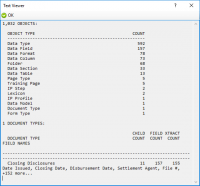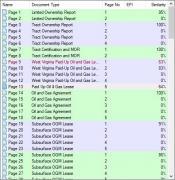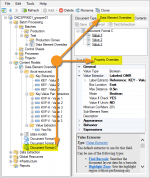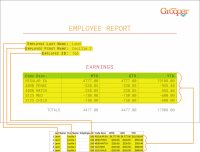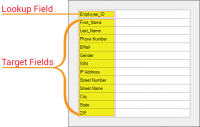Main Page: Difference between revisions
Dgreenwood (talk | contribs) No edit summary |
Dgreenwood (talk | contribs) No edit summary |
||
| Line 21: | Line 21: | ||
|-style="background-color:#d8f3f1" valign="top" | |-style="background-color:#d8f3f1" valign="top" | ||
| | | | ||
[[File: | [[File:Data element overrides 000.png|thumb|350px|link=Data Element Overrides|This is a snippet of the '''Grooper Design Studio UI''' showing the '''Data Element Overrides''' tab.]] | ||
<blockquote style="font-size:14pt"> | <blockquote style="font-size:14pt"> | ||
'''[[ | '''[[Data Element Overrides]]''' | ||
</blockquote> | </blockquote> | ||
'''Grooper''' solutions can range from simple scan and archive processes to extremely complex solutions. '''Data Element Overrides''' allow discrete control of '''Data Elements''' on a per '''Content Type''' basis. This greatly magnifies '''Grooper'''’s inheritance-based architecture and allows for more robust and scalable '''Data Models'''. You are no longer required to make copies of '''Data Elements''' when you just need to modify a property for an oddball '''Document Type'''. This can greatly save time building the solution and reduce complexity by eliminating those copied '''Data Elements'''. One can also quickly and easily '''Test Extraction''' directly in the Overrides tab. After modifying any of the '''Data Element''' properties, you can easily test the results of the modification against a test '''Batch''' without leaving the tab. | |||
| | | | ||
You can talk to us! | You can talk to us! | ||
Revision as of 08:14, 17 August 2020
| Getting Started | |||
|
Grooper is a software application that helps organizations innovate workflows by integrating difficult data. Grooper empowers rapid innovation for organizations processing and integrating large quantities of difficult data. Created by a team of courageous developers frustrated by limitations in existing solutions, Grooper is an intelligent document and digital data integration platform. Grooper combines patented and sophisticated image processing, capture technology, machine learning, and natural language processing. Grooper – intelligent document processing; limitless, template-free data integration. |
Getting Started | ||
| Install and Setup | |||
| 2.80 Reference Documentation | |||
| Featured Articles | Did you know? |
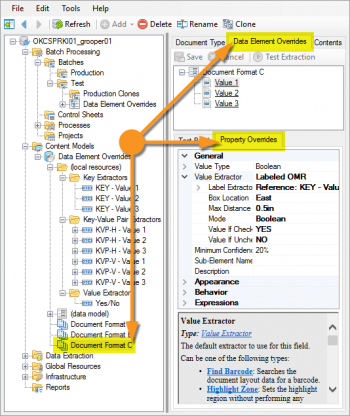 Grooper solutions can range from simple scan and archive processes to extremely complex solutions. Data Element Overrides allow discrete control of Data Elements on a per Content Type basis. This greatly magnifies Grooper’s inheritance-based architecture and allows for more robust and scalable Data Models. You are no longer required to make copies of Data Elements when you just need to modify a property for an oddball Document Type. This can greatly save time building the solution and reduce complexity by eliminating those copied Data Elements. One can also quickly and easily Test Extraction directly in the Overrides tab. After modifying any of the Data Element properties, you can easily test the results of the modification against a test Batch without leaving the tab. |
You can talk to us! Do you have an idea for an article? Have you noticed something missing from one already in the wiki? Do you have other comments or feedback about the wiki? If so, check out the Documentation Requests section of Grooper x Change. This is your way to communicate with our documentation team. Please, let us know how we can continue to improve our wiki. |
| New in 2.9 | Featured Use Case | ||||||||||||||||||||||||||||||||||||
|

Discover how they:
| ||||||||||||||||||||||||||||||||||||
| Other Resources | |||
|
|||

